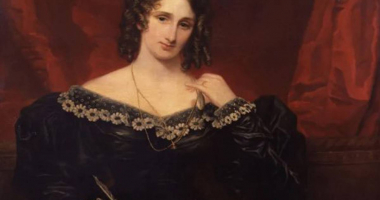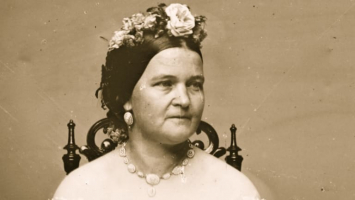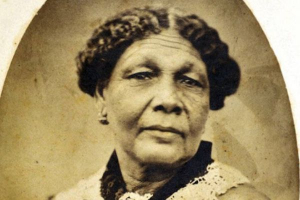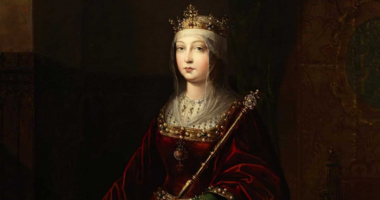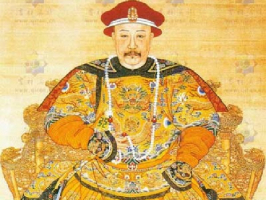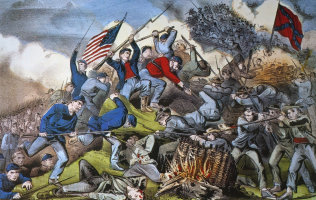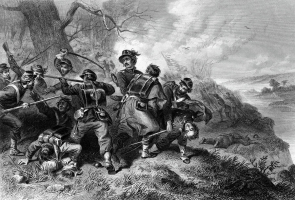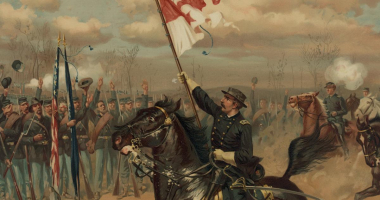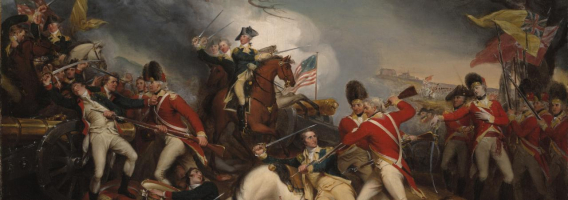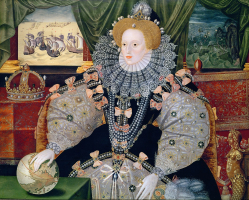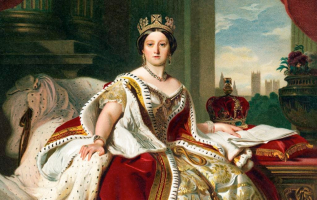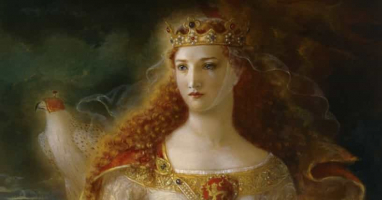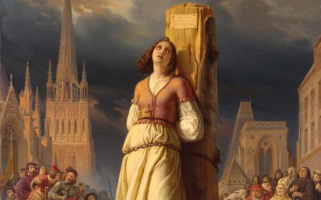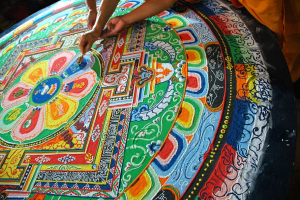Top 5 Interesting Facts about Mary Queen of Scots
Mary, Queen of Scots, commonly known as Mary Stuart or Mary I of Scotland, reigned over Scotland from 14 December 1542 until she was forced abdication in 1567. ... read more...Mary was the sole legitimate child of James V of Scotland when her father died and she ascended to the throne at the age of six days. Mary's life, marriages, lineage, claimed involvement in Elizabethan plots, and subsequent execution placed her as a contentious and highly romanticized historical figure, portrayed in culture for generations. Here are the 5 interesting facts about Mary Queen of Scots.
-
Mary was born in Linlithgow Palace, Scotland, on December 8, 1542, to King James V and his French second wife, Mary of Guise. She was reported to have been born prematurely and to have been James's only legitimate child to survive him. Her paternal grandmother, Margaret Tudor, was Henry VIII's older sister, making her the great-niece of King Henry VIII of England. On 14 December, six days after her birth, her father died, either as a result of a psychological breakdown following the Battle of Solway Moss or from drinking contaminated water while on the campaign.
According to a classic story initially told by John Knox, when James learned on his deathbed that his wife had given birth to a daughter, he ruefully remarked, "It cam wi' a lass and it will gang wi' a lass!" In the 14th century, his House of Stuart ascended to the throne of Scotland through the marriage of Marjorie Bruce, daughter of Robert the Bruce, to Walter Stewart, 6th High Steward of Scotland. The crown had arrived at his family via a woman and would leave his family via a woman. This fabled statement was fulfilled decades later, not by Mary, but by her great-great-granddaughter Anne, Queen of Great Britain.
As one of the most interesting facts about Mary Queen of Scots, Mary inherited the kingdom as a six-day-old newborn. Therefore, Scotland was controlled by regents until she reached the age of majority. There were two claims to the regency from the start: one from the Catholic Cardinal Beaton and one from the Protestant Earl of Arran, who was next in line to the throne. Beaton's claim was based on a counterfeit of the king's will, which his opponents dismissed. Arran became regent with the backing of his allies and relatives until 1554 when Mary's mother was able to remove and succeed him.
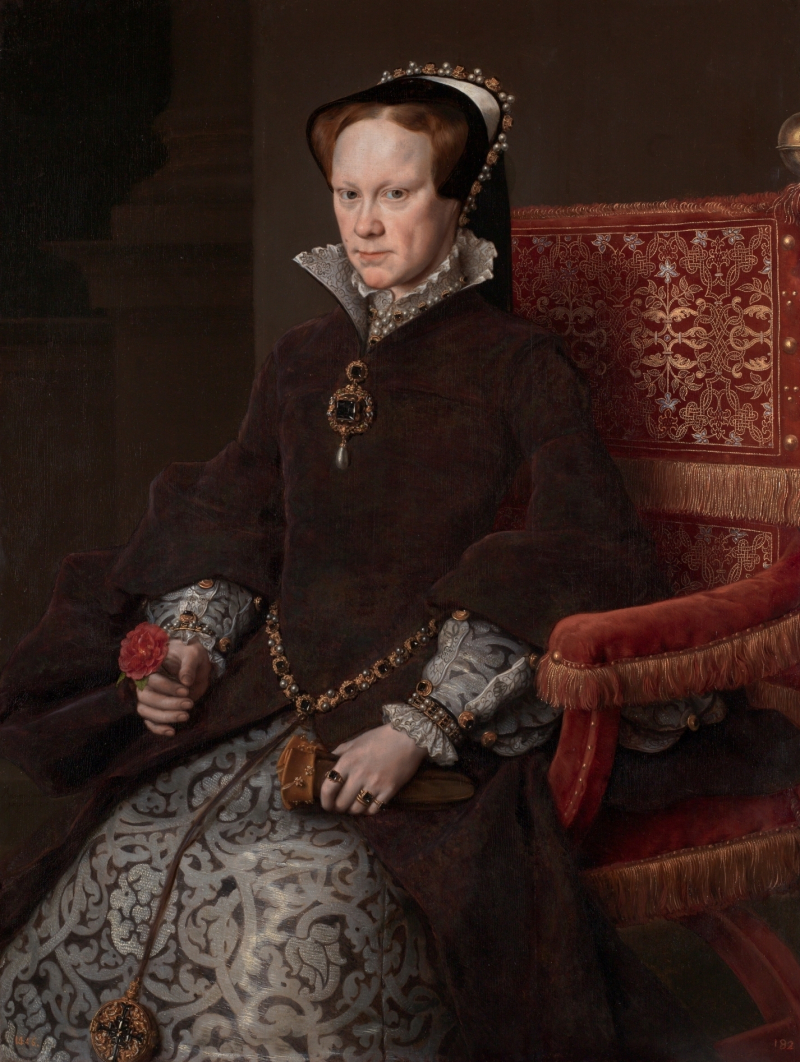
Mary, Queen of Scots -Photo: en.wikipedia.org 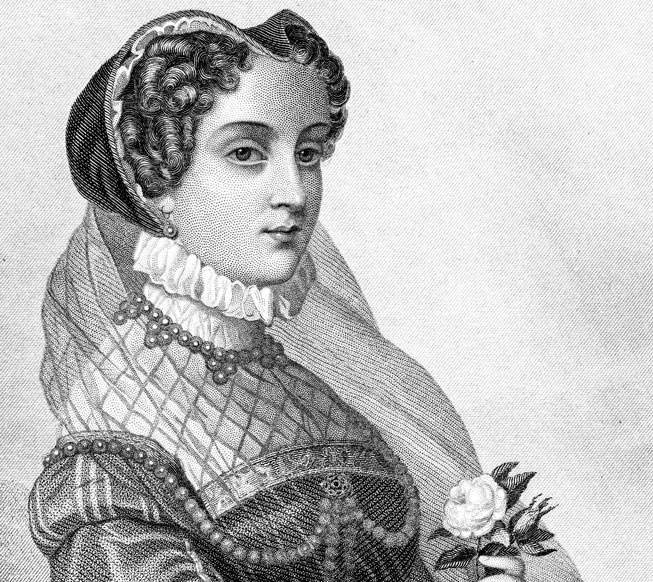
Mary, Queen of Scots -Photo: britain-magazine.com -
One of the most interesting facts about Mary Queen of Scots is that Mary's failed engagement caused a war. King Henry VIII of England used the regency to propose marriage between Mary and his own son and heir, Edward, in the hopes of bringing Scotland and England together. The Treaty of Greenwich was signed on July 1, 1543, when Mary was six months old, promising that at the age of 10, Mary would marry Edward and come to England, where Henry could oversee her growth. The pact stipulated that the two countries would remain legally distinct and that if the couple did not have children, the temporary union would end. Cardinal Beaton returned to power again and began to pursue a pro-Catholic, pro-French agenda, which enraged Henry, who desired to dissolve Scotland's association with France.
Beaton wished to relocate Mary to the safety of Stirling Castle, away from the coast. Regent Arran protested the proposal but relented when armed supporters of Beaton assembled at Linlithgow. On July 27, 1543, the Earl of Lennox led 3,500 armed soldiers to accompany Mary and her mother to Stirling. According to Ralph Sadler and Henry Ray's report, Mary was crowned at the castle chapel on September 9, 1543, with "such solemnity as they do use in this country, which is not very costly".
Shortly before Mary's coronation, Henry apprehended and seized Scottish merchants on their way to France. The arrests sparked outrage in Scotland, and Arran joined Beaton and converted to Catholicism. In December, the Scottish Parliament rejected the Treaty of Greenwich. The refusal of the marriage deal, as well as the revival of France and Scotland's alliance, triggered Henry's "Rough Wooing", a military campaign meant to force Mary's marriage to his son. The English launched a series of raids against Scottish and French territory. The English Earl of Hertford stormed Edinburgh in May 1544, and the Scots took Mary to Dunkeld for safety.
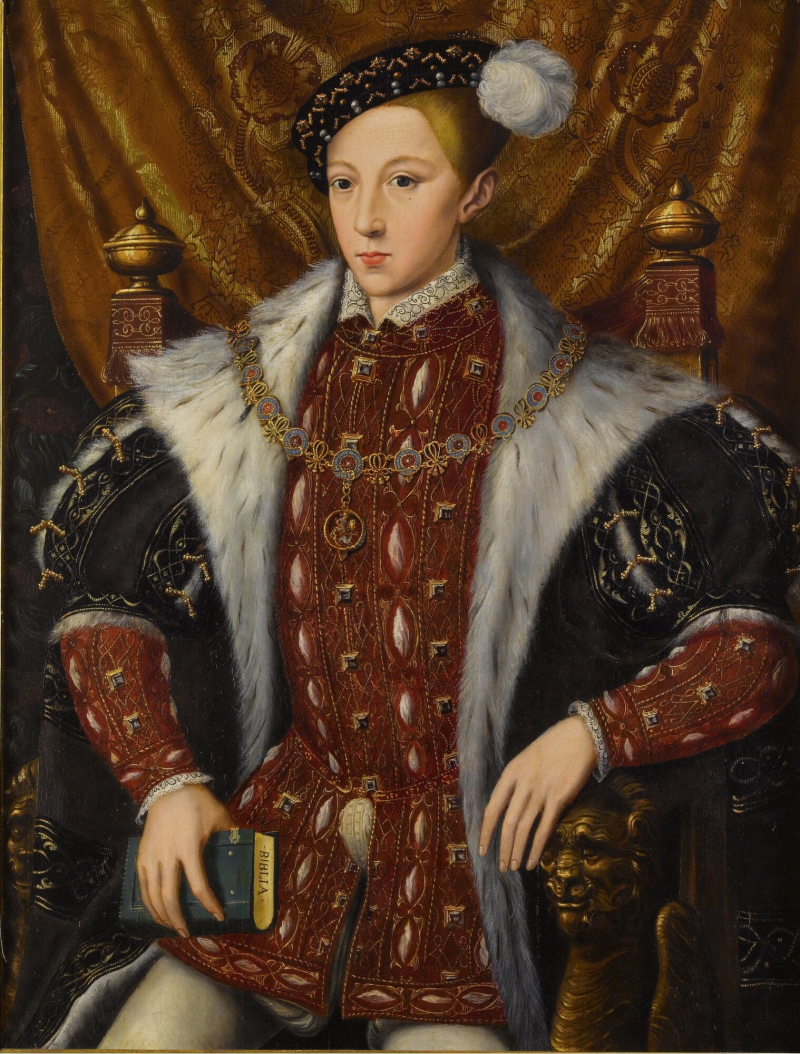
Edward VI - Photo: en.wikipedia.org 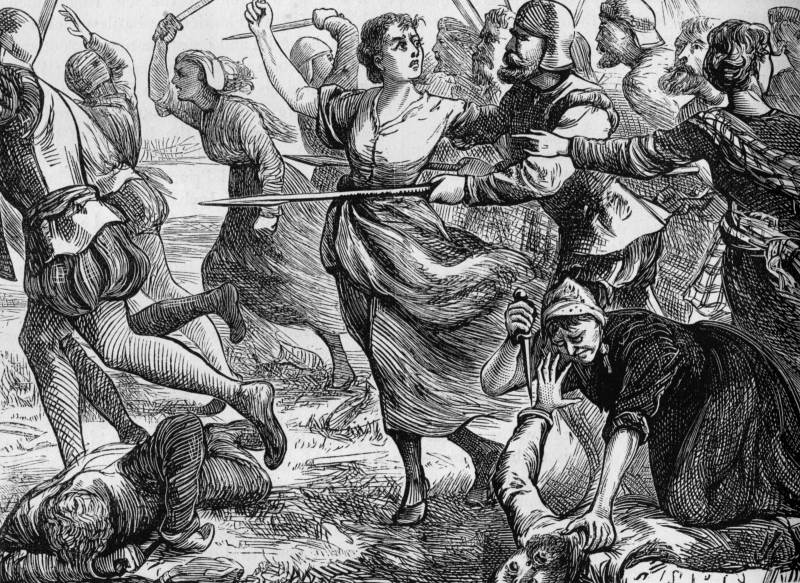
The 'Rough Wooing' of Scots and Henry VIII -Photo: thenational.scot -
When Mary was in mourning over Francis, she briefly encountered her English-born half-cousin Henry Stuart, Lord Darnley. The Earl and Countess of Lennox, Darnley's parents, were both Scottish aristocrats and English landowners. They sent him to France to express their grief while also hoping for a possible match between their son and Mary. Mary and Darnley were both the grandchildren of Margaret Tudor, Henry VIII of England's sister, and patrilineal ancestors of the High Stewards of Scotland.
Darnley soon became haughty. Not satisfied with his position as king consort, he sought the Crown Matrimonial, which would have given him a co-sovereign of Scotland with the right to retain the Scottish throne if he outlived his wife. Mary declined his proposal, and their marriage became tense, despite the fact that they had pregnant by October 1565. He envied her bond with her Catholic private secretary, David Rizzio, who was thought to be her child's father. Darnley had formed a secret plot with Protestant lords, including the nobility who had risen against Mary in the Chaseabout Raid, by March 1566. On March 9, her second husband murdered her secretary. A gang of conspirators led by Darnley assassinated Rizzio in front of the pregnant Mary at a dinner party at Holyrood Palace. Darnley switched sides during the next two days, and Mary received Moray at Holyrood. Darnley and Mary escaped from the palace on the night of March 11-12. They took a safety in Dunbar Castle before returning to Edinburgh on March 18. Lords Moray, Argyll, and Glencairn were reinstated to the council.
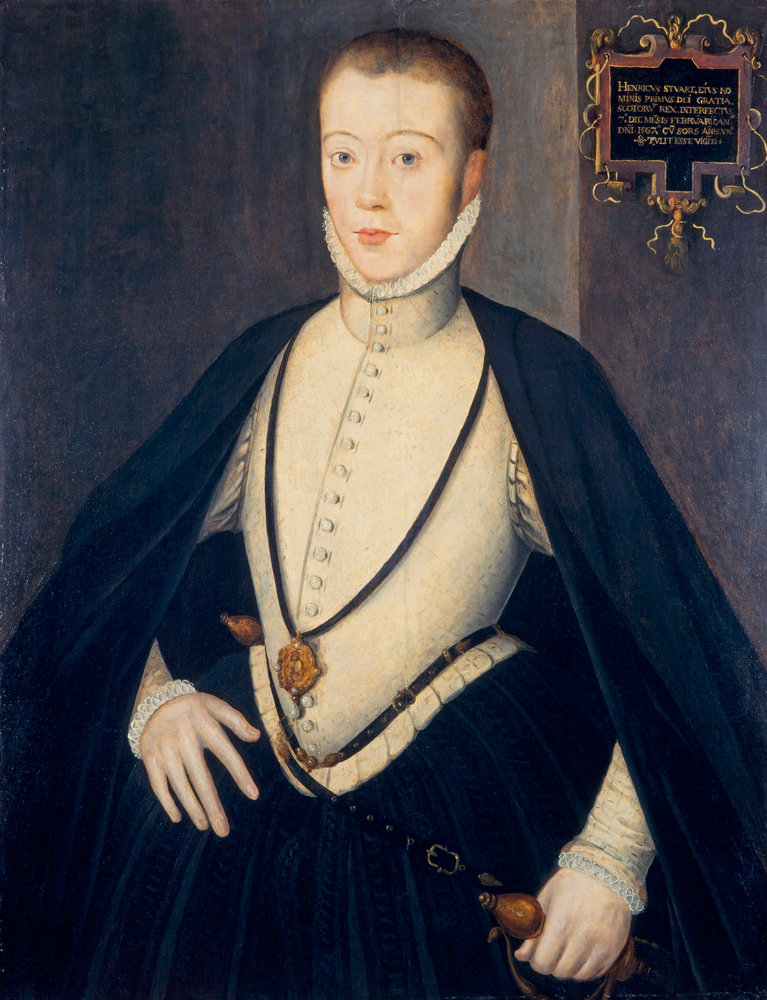
Henry Stuart, Lord Darnley -Photo: wikiwand.com 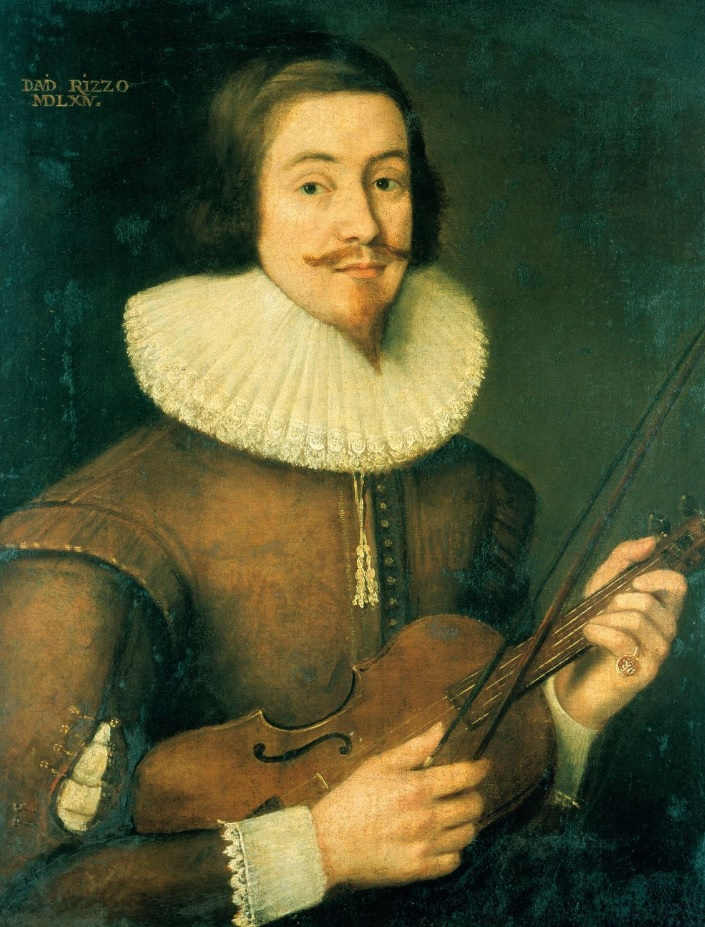
David Rizzio -Photo: en.wikipedia.org -
Mary paid her final visit to her son in Stirling between April 21 and 23, 1567. On her journey back to Edinburgh on the 24th of April, Mary was kidnapped by Lord Bothwell and his soldiers and carried to Dunbar Castle, where he may have raped her. Mary and Bothwell returned to Edinburgh on May 6. They were married in Protestant ceremonies on May 15th, at either Holyrood Palace or Holyrood Abbey. Bothwell and his first wife, Jean Gordon, Lord Huntly's sister, had divorced twelve days before.
Mary initially assumed that many nobles favored her marriage, but ties between the newly elevated Bothwell and his former peers quickly worsened, and the union proved to be highly unpopular. Catholics saw marriage as illegal since they did not acknowledge Bothwell's divorce or the legitimacy of the Protestant service. Mary's marriage to the man suspected of murdering her husband startled both Protestants and Catholics. The marriage was turbulent, and Mary felt depressed.
The confederate lords were a group of twenty-six Scottish peers that rebelled against Mary and Bothwell and created their own army. On 15 June, Mary and Bothwell confronted the lords at Carberry Hill, but there was no combat because Mary's soldiers deserted during negotiations. Bothwell was allowed to leave the field safely. The lords transported Mary to Edinburgh, where thousands of onlookers condemned her as an adulteress and murderer. The next night, she was imprisoned in Loch Leven Castle, which is located on an island in the center of Loch Leven. While imprisoned, she gave birth to a stillborn twin between July 20 and July 23. She was compelled to abdicate on July 24 in favor of her one-year-old son James. Moray was appointed regent, while Bothwell was exiled. In Denmark, he was imprisoned, got crazy, and died in 1578.
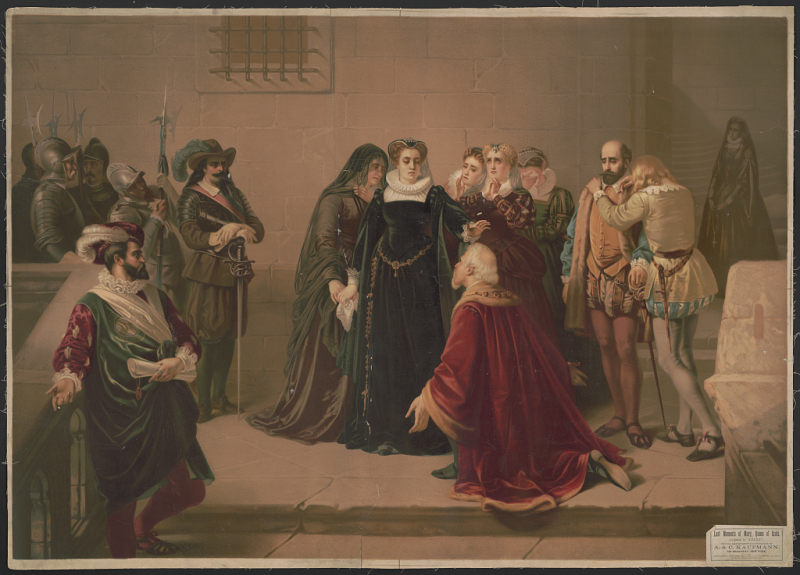
dearworldlovehistory.com 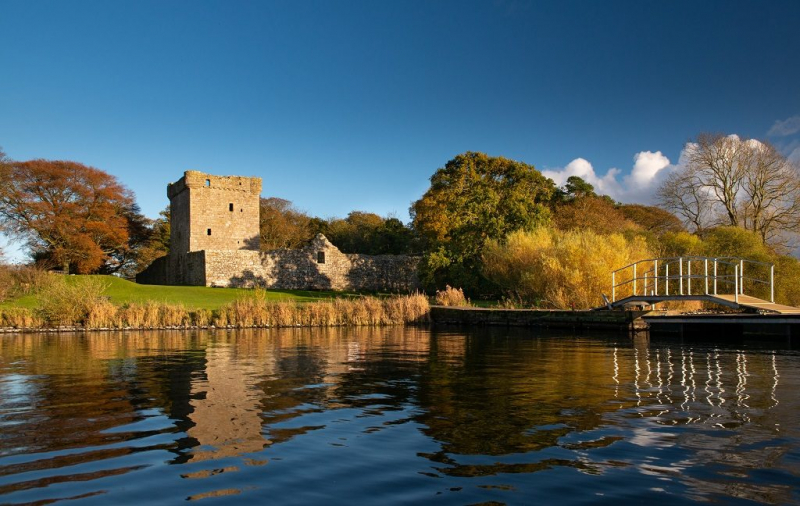
Loch Leven Castle -Photo: blog.historicenvironment.scot -
One of the most interesting facts about Mary Queen of Scots is that she was executed by the order of Elizabeth. On May 2, 1568, Mary fled from Loch Leven Castle with the help of George Douglas, the brother of the castle's lord, Sir William Douglas. She raised an army of 6,000 soldiers and met Moray's smaller forces in the Battle of Langside on May 13th. She fled south, defeated. On the 16th of May, Elizabeth crossed the Solway Firth into England by a fishing boat after spending the night at Dundrennan Abbey. She landed in Workington, Cumberland, in northern England, and spent the night at Workington Hall. Local authorities put her into protective custody at Carlisle Castle on May 18.
Mary evidently anticipated Elizabeth to assist her in regaining her throne. Elizabeth was cautious, demanding an investigation into the behavior of the confederate lords as well as the question of whether Mary was responsible for Darnley's death. In mid-July 1568, English authorities sent Mary to Bolton Castle, which was farther away from the Scottish border but not too far from London. On July 20, Mary's garments arrived from Loch Leven Castle. Between October 1568 and January 1569, a commission of inquiry, or conference, was convened in York and afterward in Westminster. Her allies in Scotland fought a civil war against Regent Moray and his successors.
Mary was caught while out riding on August 11, 1586, after being accused in the Babington Plot, and transported to Tixall Hall in Staffordshire. Walsingham had purposefully arranged for Mary's letters to be smuggled out of Chartley in an attempt to catch her. Mary was encouraged to believe that her letters were safe, when in fact they were decrypted and read by Walsingham. The attempted assassination of Elizabeth was clearly sanctioned by Mary, according to these letters.
Mary was transported to Fotheringhay Castle in a four-day voyage that concluded on September 25. She was tried for treason under the Act for the Queen's Safety in October before a court of 36 noblemen, including Cecil, Shrewsbury, and Walsingham. Mary, spirited in her defense, refuted the claims. She complained that she had been denied the right to evaluate the evidence, that her papers had been taken away from her, that she had been denied access to legal counsel, and that as a foreign anointed queen, she had never been an English subject and hence could not be convicted of treason.
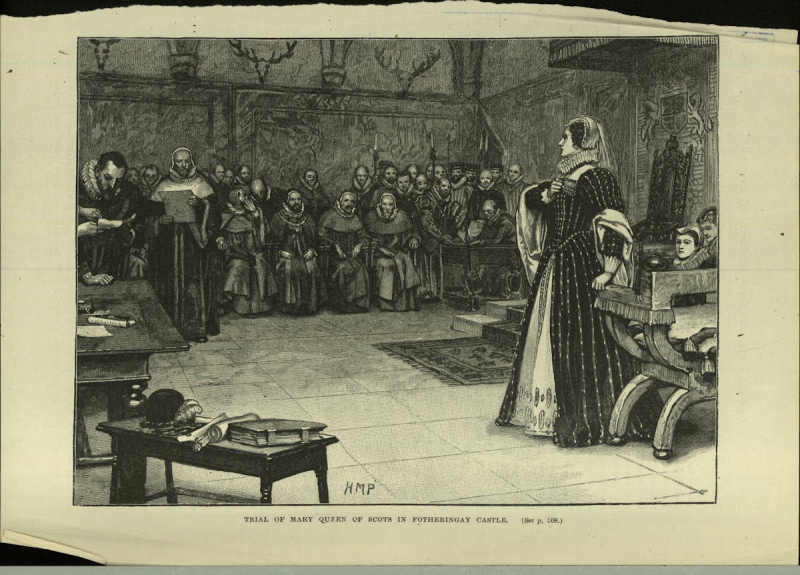
Trial of Mary Queen of Scots in Fotheringhay Castle -Photo: artsandculture.google.com 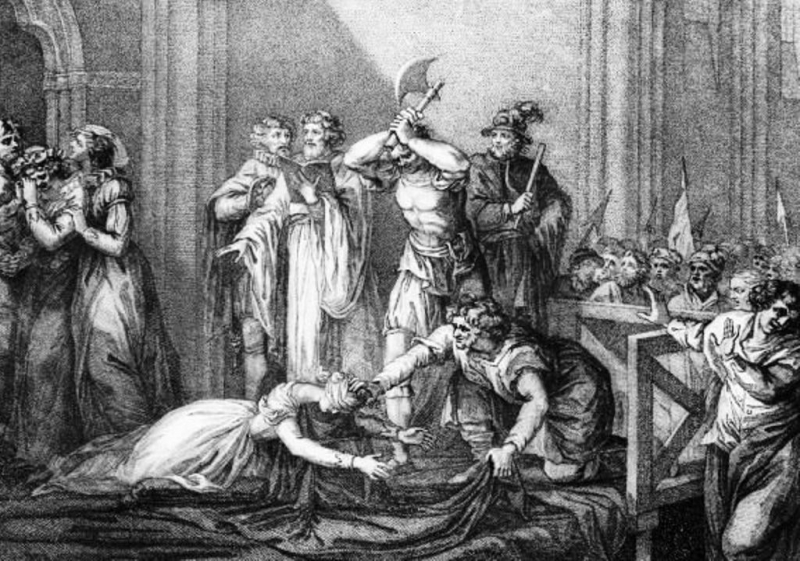
The execution of Mary Queen of Scots -Photo: commons.wikimedia.org







